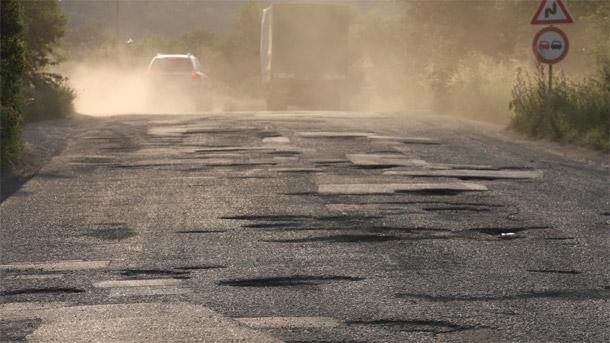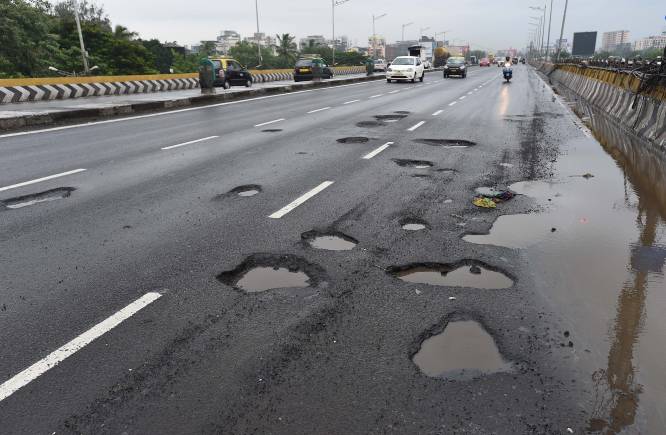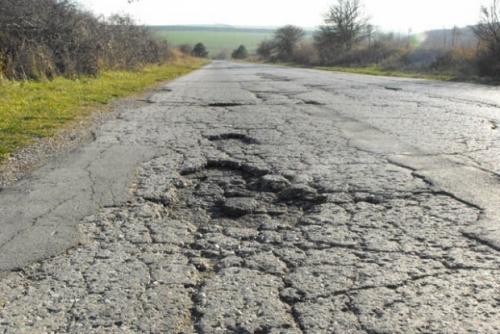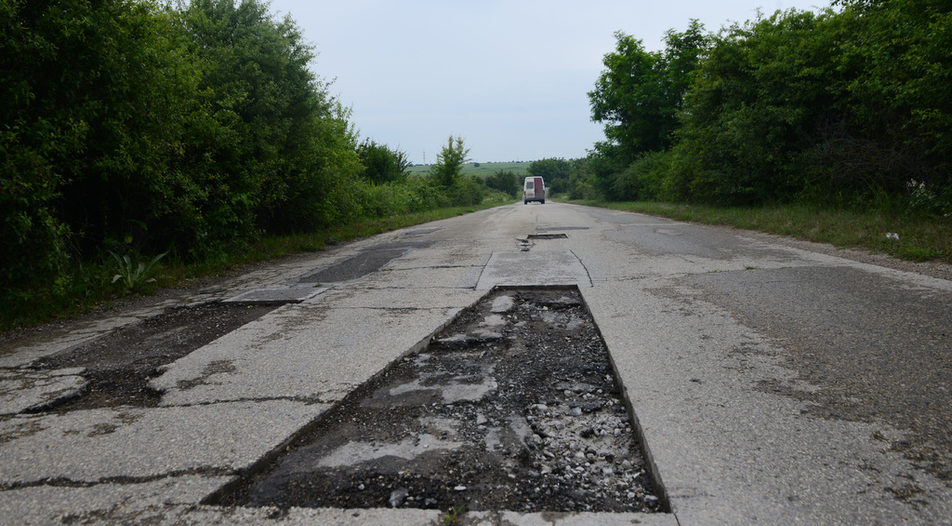WhiteSkyMage
1 mW
Hello there bikers,
I would like to ask for some recommendations. I've been doing a lot of research for the past week in eBike upgrade kits and parts. I have 2 bikes - an older MTB (or rather it's a hard tail) and a newer Cyclocross (carbon) one and I am thinking of upgrading one of them to eBike.
I've been looking into getting Cyclone. But after researching into different parts, I wonder how compatible they are with each other, hence I ask for advice. One of the main features I am looking for is PAS, as I want it to still feel like a bicycle, not a full-throttle-only bike. After discovering a couple of different controllers I could use such as:
GRIN Phaserunner
ASI BAC2000/BAC4000
I know these controllers both support PAS, but if you have any other suggestions, I ask that you comment them. I am not really sure how well PAS works with the Cyclone, but torque sensing seems needless to me as I am NOT actually going to ride off-road very much. There are no rules in terms of speed for eBikes in my country, so I am free to ride on public roads. And I would like to know - is there any other bike-computer I could use, other than CAv3?
My desired Max speed: 80km/h
My desired Max range: 100km
Disk brakes on both bikes (not hydraulic)
Current tire width on desired bike to convert: 33mm (can get a thicker one but probably not past 37mm)
Wheel size: 700c
My weight: 65kg.
Terrain: Mostly flat, but 40% of the roads are.... well like this (look images below)...
Budget: 1K Euro
Finally, I would like to just ask, do any of you have modded their GRAVEL / XC bike to an ebike? I ask this question because I mostly see people usually modding a hard tail MTBs, but I was thinking - "if I eBike-mod my Cyclocross, it's light carbon bike with thinner tires, which means speed!", but after looking around, I became concerned about safety at such high speeds (like 60+km/h) on a bike with such thin tires (32mm). It's true that professionals can do the Tour of France and go downhill at some ridiculous speeds with a road bike with razer-thin tires, but I am not a professional, and many of the roads (40% of them) in my country aren't at all flat:


I could get thicker tires for better traction, but not sure if that would help as they will still be well under 40mm width. I am not sure how it would feel going into a road hole with 60km/h with NO suspension (please share your experience!).
Just seems to me like I'm making a mistake and and it's better to mod my MTB with suspension like everyone else here and limit throttle speed, at least until our government fixes the roads...
I would like to ask for some recommendations. I've been doing a lot of research for the past week in eBike upgrade kits and parts. I have 2 bikes - an older MTB (or rather it's a hard tail) and a newer Cyclocross (carbon) one and I am thinking of upgrading one of them to eBike.
I've been looking into getting Cyclone. But after researching into different parts, I wonder how compatible they are with each other, hence I ask for advice. One of the main features I am looking for is PAS, as I want it to still feel like a bicycle, not a full-throttle-only bike. After discovering a couple of different controllers I could use such as:
GRIN Phaserunner
ASI BAC2000/BAC4000
I know these controllers both support PAS, but if you have any other suggestions, I ask that you comment them. I am not really sure how well PAS works with the Cyclone, but torque sensing seems needless to me as I am NOT actually going to ride off-road very much. There are no rules in terms of speed for eBikes in my country, so I am free to ride on public roads. And I would like to know - is there any other bike-computer I could use, other than CAv3?
My desired Max speed: 80km/h
My desired Max range: 100km
Disk brakes on both bikes (not hydraulic)
Current tire width on desired bike to convert: 33mm (can get a thicker one but probably not past 37mm)
Wheel size: 700c
My weight: 65kg.
Terrain: Mostly flat, but 40% of the roads are.... well like this (look images below)...
Budget: 1K Euro
Finally, I would like to just ask, do any of you have modded their GRAVEL / XC bike to an ebike? I ask this question because I mostly see people usually modding a hard tail MTBs, but I was thinking - "if I eBike-mod my Cyclocross, it's light carbon bike with thinner tires, which means speed!", but after looking around, I became concerned about safety at such high speeds (like 60+km/h) on a bike with such thin tires (32mm). It's true that professionals can do the Tour of France and go downhill at some ridiculous speeds with a road bike with razer-thin tires, but I am not a professional, and many of the roads (40% of them) in my country aren't at all flat:


I could get thicker tires for better traction, but not sure if that would help as they will still be well under 40mm width. I am not sure how it would feel going into a road hole with 60km/h with NO suspension (please share your experience!).
Just seems to me like I'm making a mistake and and it's better to mod my MTB with suspension like everyone else here and limit throttle speed, at least until our government fixes the roads...





